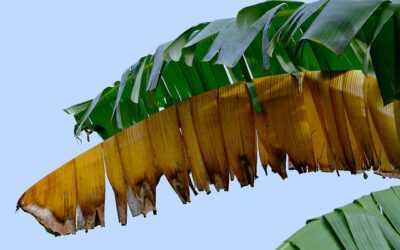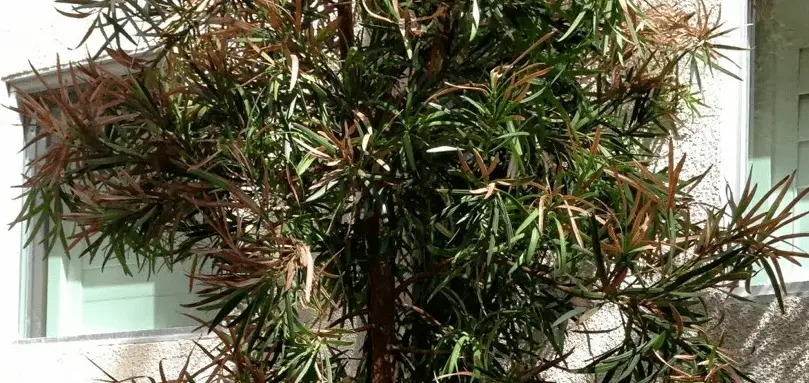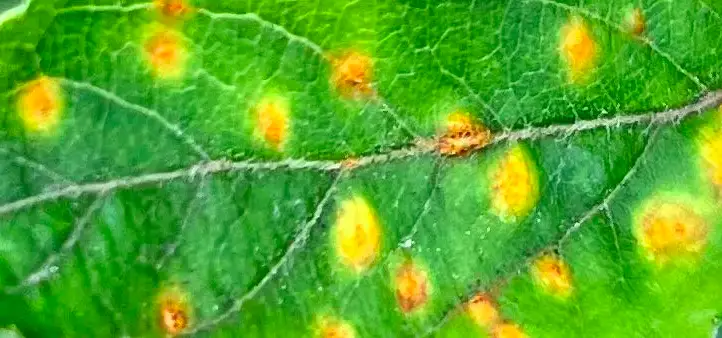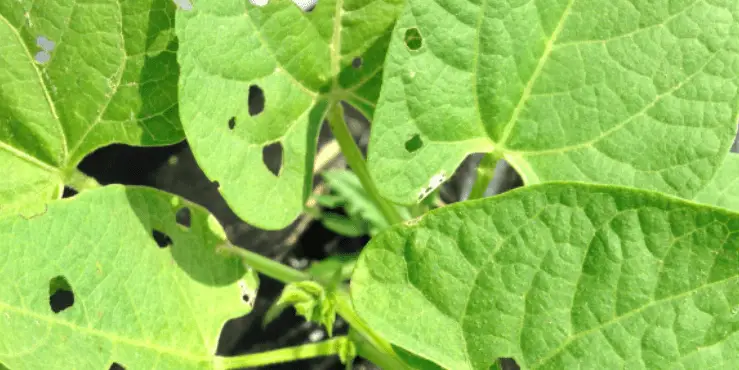Japanese maples are one of the most popular ornamental trees in North America. They are beautiful plants that can be enjoyed for their foliage, flowers, and fall colors.
But sometimes a Japanese maple begins to turn brown on its leaves, which is often seen as a cause for concern. This article will discuss why this might happen and what you can do about it.
Why Is My Japanese Maple Turning Brown?
Overwatering and leaf burning are the most likely reasons for your Japanese maple to turn brown. There’s also a chance that pests are eating the Japanese maple leaves and causing the browning.
It’s crucial to figure out what caused the leaves to turn brown in order to prevent it from happening again. I’ll go through each of these reasons in-depth, as well as what you can do to avoid this from recurring.
1. Overwatering
Overwatering is a common reason why Japanese maples turn brown. Just like with any plant, it’s crucial to make sure that the soil doesn’t stay too wet for too long. If you notice your maple saucer underneath the pot collecting water, this may be an indication of overwatering.
If you’re not sure if your tree is overwatered, the best way to figure it out is to take a sample of soil into your local nursery or home improvement store. They can test the water content for you using their tools and let you know what kind of watering schedule would be appropriate for your Japanese maple.
You can also use a moisture meter to measure how wet the soil is. However, this method doesn’t tell you if your Japanese maple has been overwatered for a long time or just recently.
Overwatering can also lead to root rot and fungal diseases that could mean the end for the tree. This is why it’s so important to figure out whether or not your Japanese maple is overwatered.
2. Pests
Japanese maples are susceptible to a number of pests, including aphids and spider mites. Aphids can be recognized by their shiny green bodies and the webbing that they leave behind on leaves.
Spider mites look like tiny reddish or brown spiders crawling around your maple leaves (they actually leave noticeable webs as well). If you notice either of these pests on your Japanese maple, it’s likely that they are eating away at the leaves and causing them to turn brown.
There is no easy fix for getting rid of either pest once you notice signs of infestation, but there are natural treatments available that you can use to treat your maple.
Pesticides are not recommended for Japanese maples, especially if they’re in their flowering stage (which is roughly the time frame of April-June). They can cause irreversible damage to these trees and affect next year’s blooming cycle.
The best thing you can do is to keep your tree as healthy as possible and watch for signs of infestation. When you notice these pests, it’s time to break out the neem oil!
3. Leaf Burn
Leaf burn is also a common reason why Japanese maples turn brown. Leaf burn can be caused by several things, such as prolonged exposure to direct sunlight, too much salt in the soil, as well as nd temperatures that are either too cold or hot for your tree’s specific type of maple.
Leaf burn is an issue that tends to affect Japanese maples more than other species of maple due to their light-colored leaves. When the sun hits these leaves, it can cause them to lose moisture and turn brown.
This means that if you have a Japanese maple in direct sunlight for most hours of the day, this may contribute to your tree turning brown. You can plant your maple in a different location, or install some shade cloth over the top of it so that it’s not exposed to direct sunlight for too long during the day.
Leaf burn is also more likely to occur if you have been using fertilizer on your Japanese maple and there was too much salt present in the fertilizer itself. Make sure that you’re using a fertilizer formulated for Japanese maples and carefully follow the instructions on how much to use (you don’t want too much salt).
Browning Japanese Maple Leaves FAQs
This is not a plant that is simple to maintain. As such, I’ll go through some of the most frequently asked leaf queries.
Will brown Japanese maple leaves turn green again?
No, they won’t turn green again. The good news is that new foliage will grow at the beginning of next spring. Just make sure to give your tree the care it needs to thrive and produce new growth.
Should I remove brown leaves from my Japanese maple?
Yes, use sterilized shears to cut the brown leaves off of your maple. This will help encourage new growth and you will have a bushier Japanese maple in the long run.
Will too much water cause my Japanese maple to turn brown?
Yes, overwatering is a serious issue that can cause the leaves to turn brown. This can even lead to root rot and fungal issues, which can be fatal to the tree.
Will direct sun cause Japanese maple leaves to turn brown?
Yes, direct sun can cause leaf burn and lead to brown leaves. This is why it’s important to keep your Japanese maple in a location that doesn’t have direct sunlight for the whole day.
Conclusion
In conclusion, Japanese maples are beautiful trees that require a bit of extra care to maintain their color. Japanese maple leaves will turn brown for many reasons, but the most common being over-watering and leaf burn caused by pests or prolonged sun exposure.
I hope this article has answered your questions about why is my Japanese maple turning brown! If you have any other questions, feel free to leave a comment below and I’ll get back to you as soon as possible.
Tim is an avid gardener from the UK. He was the founder of PlantCarer.com from 2021 to Sep 2023. He sold PlantCarer.com to Aaron. He has since started his own business called Seed To Supper, which provides new gardeners all the materials you need in a box (pots, seeds, compost and instructions) to grow your own delicious and nutritious vegetables and herbs from start to finish – no garden required.









0 Comments